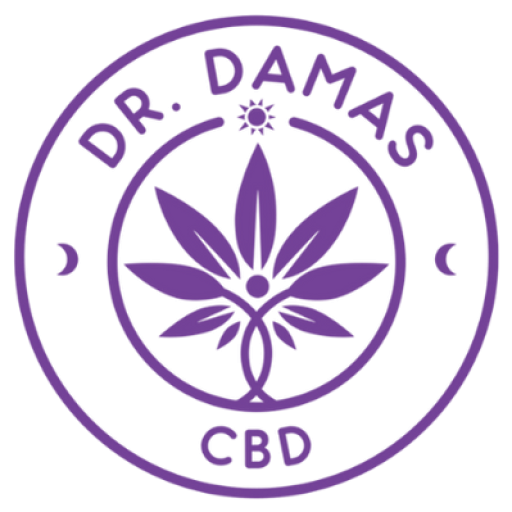Annually, during August, a unique phenomenon happens. Lots of beautiful bouncing babies are brought into this world! With all the joy and excitement comes a lot of uncertainty and apprehension. Bringing a child into the world causes a seismic shift in a mother's priorities as her choices significantly impact her and her child's health and safety. As America's cannabis industry grows, data reveals some interesting facts that women of childbearing age must consider.
The National Institute of Health reports approximately 7% of pregnant women to use cannabis during their term, with a peak of 12% using it in the 1st trimester. These numbers may be more significant if allowances are made for the tendency of patients to "lie" to doctors about their involvement in activities that they may be ashamed of or believe will bring unwanted repercussions. Accepted medical practices discourage cannabis consumption during pregnancy. It contributes to adverse events – premature birth, low fetal birth weight, and length – especially when used frequently in the first and second trimesters.
With the potential for institutional involvement in their and the newborns' lives in the event of suboptimal birth, many mothers eschew cannabis during pregnancy. However, it was previously an important part of their health and wellness regimen. After delivery, many mothers are again faced with the same dilemma regarding cannabis use in lactation and breastfeeding. Is it safe? Will I harm my child? Let's discuss this.
Cannabis plants are categorized according to their state and federal legality in the United States based on their concentration of certain compounds known as "cannabinoids." There are over 100 cannabinoids, but the major cannabinoids that are researched and legislated are THC (tetrahydrocannabinol) and CBD (cannabidiol). These molecules are responsible for the many claimed benefits users have reported while treating pain, spasticity associated with multiple sclerosis, nausea, posttraumatic stress disorder, cancer, epilepsy, cachexia, glaucoma, HIV/AIDS, and neurological conditions.
When consumed, THC and CBD are metabolized by the body and excreted in many ways: urine, feces, and breast milk! In studies, THC is present in breast milk anywhere from 6 days to 6 weeks after use, depending on the usage habits of the mother. When breast milk is analyzed, it has been shown to average just above 50 mcg/ L with the potential absorption by the child of anywhere between 0.4- 8% of the weight-adjusted maternal dose. It is a small amount given that 2-3 mg of inhaled cannabis causes intoxication in adults , but not without reason for worry. One study showed that babies exposed to THC in maternal breast milk demonstrated delayed motor development. On the positive side, this study did not show any cognitive developmental delays or long-term effects, although longer-term studies have yet to be performed.
Due to the lack of adequate studies, the CDC and FDA recommend pregnant and lactating mothers abstain from THC and CBD during pregnancy and nursing. But what about all the claims from people who say they used marijuana and it didn't harm their child? A 1990s study on rural Jamaican mothers showed no significant differences in developmental testing outcomes between children of marijuana-using and non-using mothers. Except at 30 days of age when the babies of users had more favorable scores on two clusters of the Brazelton Scales: autonomic stability and reflexes. The developmental scores at ages 4 and 5 years were significantly correlated to certain aspects of the home environment and regularity of primary school (preschool) attendance."
So, what does this all mean? There is a lot of research and information still to be amassed to make the best recommendations. Decisions on using supplements and medicines during pregnancy and lactation should always be made based on the risk vs. benefit especially given the benefits CBD has shown in very severe conditions like epilepsy. These decisions are challenging, but if there's one thing we can all agree on is that all things being equal, when it comes to making decisions that impact the life of her baby…" mother knows best."
1NIDA. Study finds increased cannabis use during pregnancy. National Institute on Drug Abuse website. https://nida.nih.gov/news-events/news-releases/2019/06/study-finds-increased-cannabis-use-during-pregnancy. June 18, 2019. Accessed November 18, 2022.
2Committee Opinion No. 722: Marijuana Use During Pregnancy and Lactation. Obstet Gynecol. 2017 Oct;130(4):e205-e209. doi: 10.1097/AOG.0000000000002354. PMID: 28937574.
3National Academies of Sciences, Engineering, and Medicine; Health and Medicine Division; Board on Population Health and Public Health Practice; Committee on the Health Effects of Marijuana: An Evidence Review and Research Agenda. The Health Effects of Cannabis and Cannabinoids: The Current State of Evidence and Recommendations for Research. Washington (DC): National Academies Press (US); 2017 Jan 12. 4, Therapeutic Effects of Cannabis and Cannabinoids. Available from: https://www.ncbi.nlm.nih.gov/books/NBK425767/
4Drugs and Lactation Database (LactMed) [Internet]. Bethesda (MD): National Library of Medicine (US); 2006-. Cannabis. [Updated 2022 Jun 20]. Available from: https://www.ncbi.nlm.nih.gov/books/NBK501587/
5Drugs and Lactation Database (LactMed) [Internet]. Bethesda (MD): National Library of Medicine (US); 2006-. Cannabis. [Updated 2022 Jun 20]. Available from: https://www.ncbi.nlm.nih.gov/books/NBK501587/
6Drugs and Lactation Database (LactMed) [Internet]. Bethesda (MD): National Library of Medicine (US); 2006-. Cannabis. [Updated 2022 Jun 20]. Available from: https://www.ncbi.nlm.nih.gov/books/NBK501587/
7 Hayes JS, Lampart R, Dreher MC, Morgan L. Five-year follow-up of rural Jamaican children whose mothers used marijuana during pregnancy. West Indian Med J. 1991 Sep;40(3):120-3. PMID: 1957518.






